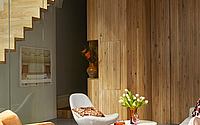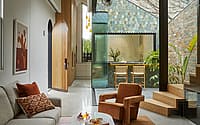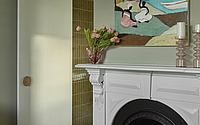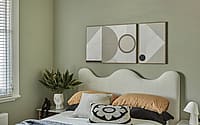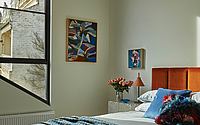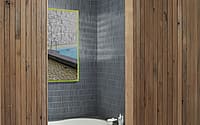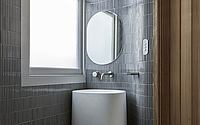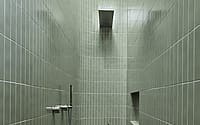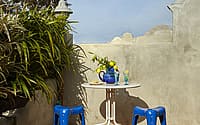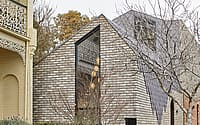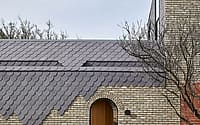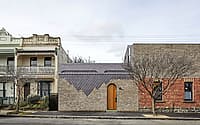Nido House by Angelucci Architects
Nido House is a contemporary brick house located in Australia, redesigned in 2021 by Angelucci Architects.

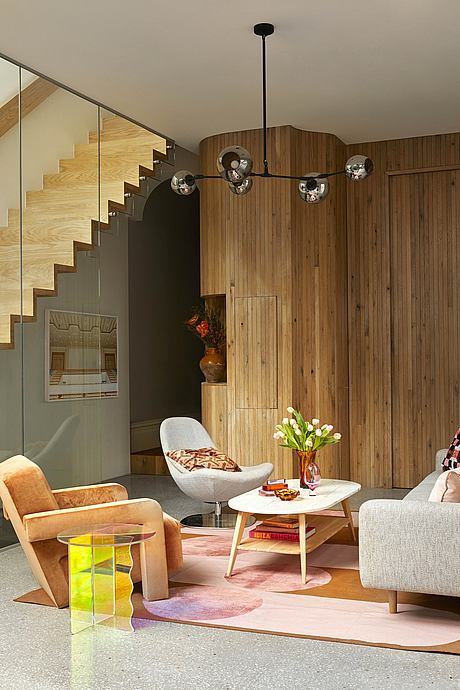
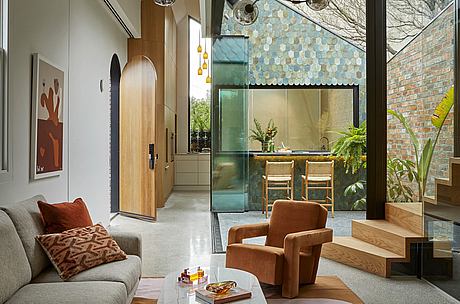
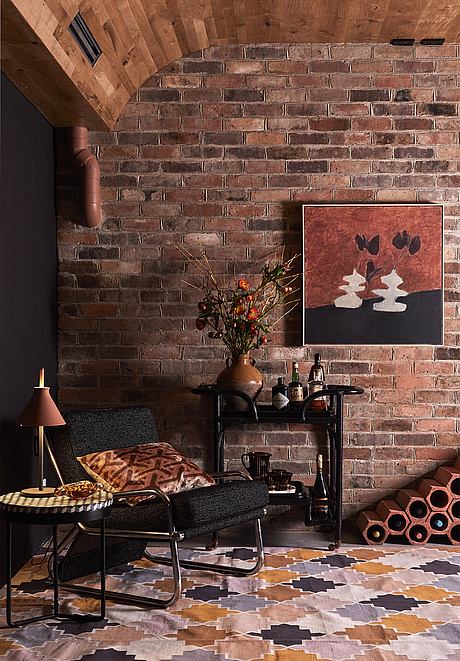
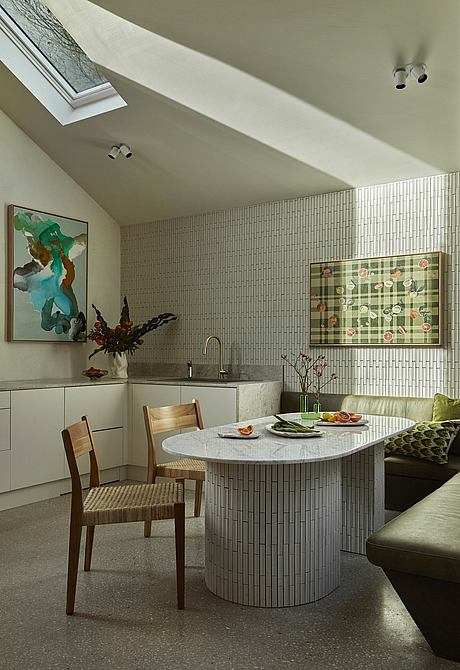
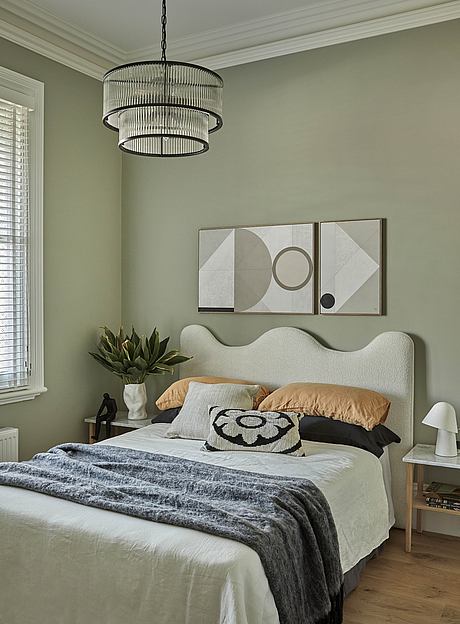
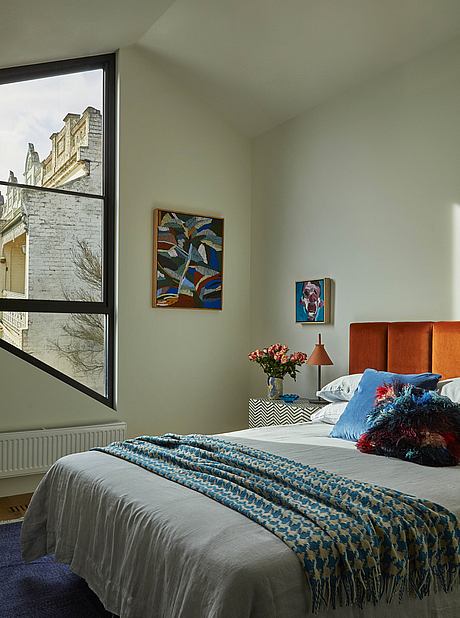
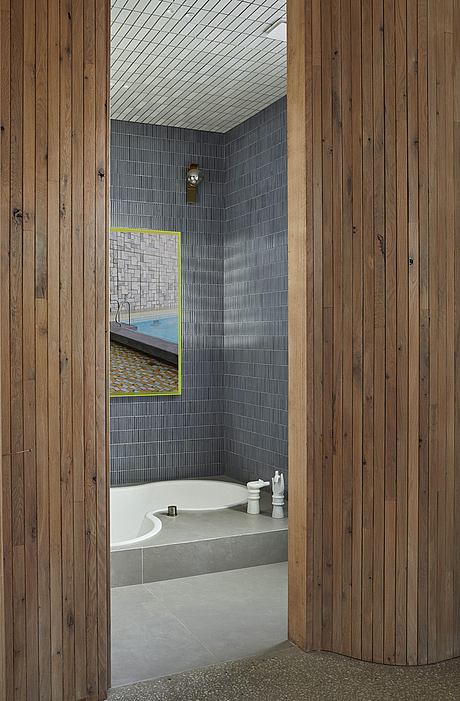

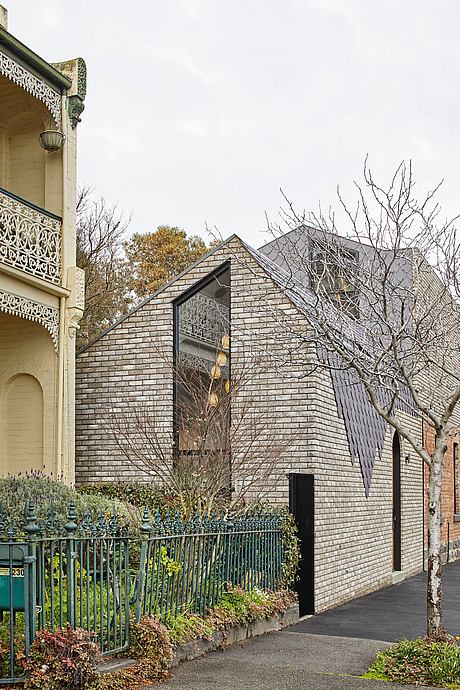
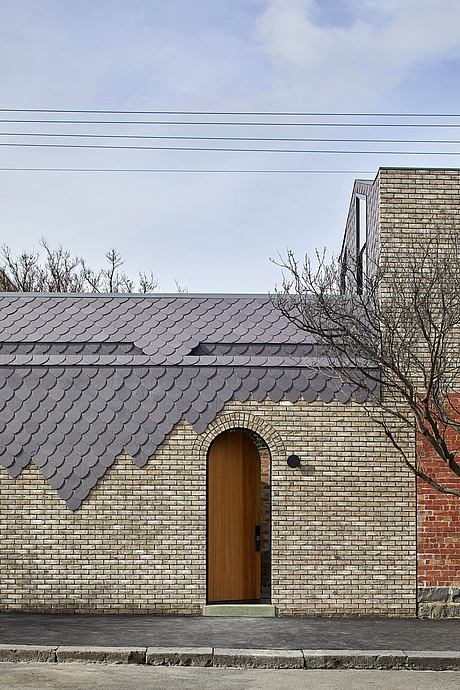

Description
The project has been coined from the Italian word “nido” meaning bird’s nest or kindergarten, so fitting for a project that developed from its mid-twentieth century migrant history in the area.
The home was purchased as a desire to return to the original place of origin when the client’s grandparents first migrated from Italy to Australia. This journey has been an exploration between architect and builder to explore the opportunities possible in small living in the city.
Critical to the value of small living is the ability to maximise natural light, increase open space, extend views into the distance, maximise natural ventilation and ensure all aspects of modern life have been catered for in the design.
The home was originally designed for a young couple and during the journey has developed into a home for six. The design approach was to maintain the existing open space by re-distributing the open area throughout the house. Each level is connected to the outside, via a central courtyard next to kitchen/dining/living and roof deck accessed from all areas within the home.
The children have been central to the design with upstairs bedrooms directly connected to the roof deck including a cubby house in the existing Victorian terrace roof space and a vertical garden for planting whilst the city skyline and neighbouring rooftops frame the children’s activities. As architects we wanted the occupants of the home to feel connected to their community, to feel the pleasure of living in a small site by viewing the vastness of its location. The upstairs bathroom with its high ceilings and views of the city, allows the three youngest children to share the shower in joyful play. Fixed bunk beds and nooks in walls allow the children bedrooms to facilitate various activities.
From the kitchen downstairs the roof deck is visible through the courtyard up the stairs, ensuring all occupants are connected to each other in the home. The staircase is visible from the living areas and acts as a play area for the children with a three-step stoop located between the courtyard and living room.
As a corner site, the secondary entrance along the side of the home accesses a walkway between the kitchen/dining and living visually connecting the courtyard to
the street. This allows a level of engagement with the street whilst maintaining privacy.
The courtyard glazing is completely operable extending the outdoor into the living room. A large sunken curved Agape bath hidden behind timber batten wall next to the living room, is left open during bath-time, for the children to enjoy the whole of the living and courtyard space.
The glazed walkway parallel to the courtyard with its high lofty ceiling introduces the high volume of the kitchen. The kitchen is the heart of this home with food and shared eating central to the family. Entering the kitchen, a large north-facing window accentuates the spirit of the kitchen with light filtering the space in all directions. Views to the adjoining trees give a sense of well-being whilst high timber-lined joinery cupboards highlight the extended vertical volume.
The fixed curved kitchen table and banquette fit the family and friends during dinner time a bench allowing guests to mingle whilst the children have an early dinner.
The basement serves as the utility area for laundry, cellar and an indoor play area for the children, descending the stairs the walls are lined with the original bluestone footings and the original bricks from the house which line the courtyard as well ensuring the basement is seen as an extension of this area, glazing from the courtyard connects the basement stairs and hallway beyond. The timber-lined basement ceiling creates warmth whilst the black chalkboard walls allow the children to delight in activity.
The parents’ bedroom located at the front of the home is a retreat with an ensuite and a large walk-in robe that accommodates the children to remove shoes and belonging before they enter the home.
All glazing is orientated to the north or east maximising passive solar gain. The Victorian western windows are maintained located predominately in wet areas.
Built as the builder’s own home, the exceptional crafting is evident with the finish of traditional materials throughout. This to be the Italian’s plasterers last project imparting their knowledge of Venetian plastering along the walls, terrazzo concrete floors and the cutting of curved welsh slate tiles to the exterior. The application of Australian and Japanese handmade tiles to wet areas and the courtyard ensure the essence of building traditions in contemporary living is highlighted and maintained.
Photography by Dave Kulesza
Visit Angelucci Architects
- by Matt Watts
